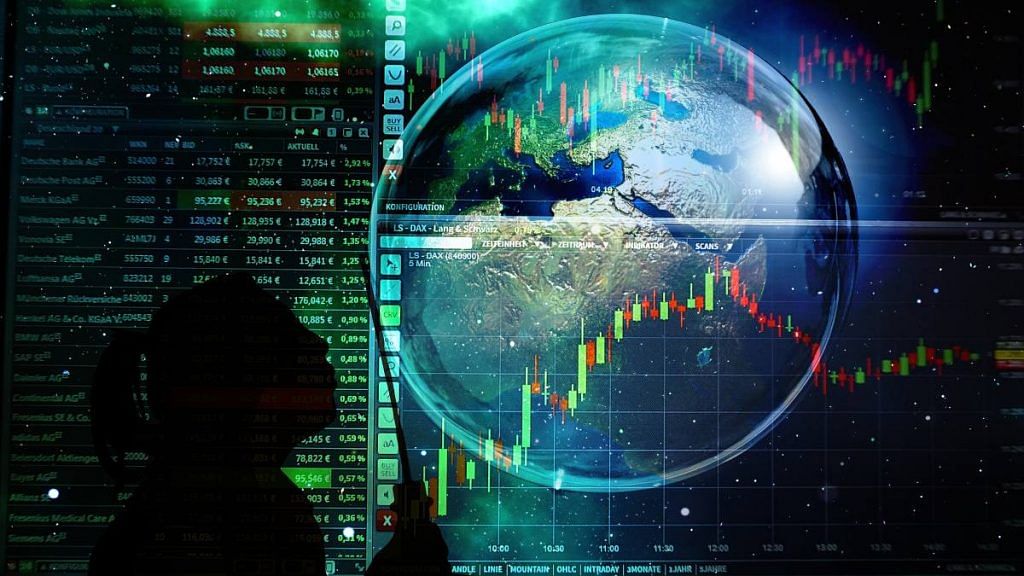New Delhi: The US bond markets indicator, known as the yield curve, indicates that the global economy might be finally heading towards a positive direction in 2020, according to financial analysts.
The US yield curve is considered the leading indicator of global economy’s health and has predicted every US recession in the past 50 years.
Yield curve, which measures the gap between interest rates of long and short-term bonds, had turned negative in August, signalling that a recession was imminent.
On Monday, the yield curve reached its steepest position since October, hinting at a more stable global economy, according to the Financial Times.
What is the US yield curve?
Usually long-term interest rates are higher than short-term interest rates, as people demand more compensation when they lend for a longer term.
The normal yield curve depicts this relationship.
An inverted yield curve occurs when short-term interest rates exceed the long-term interest rates.
“When a yield curve inverts, it’s because investors have little confidence in the near-term economy. They demand more yield for a short-term investment than for a long-term one,” notes The Balance.
“They perceive the near-term as riskier than the distant future. They would prefer to buy long-term bonds and tie up their money for years even though they receive lower yields. They would only do this if they think the economy is getting worse in the near-term,” it adds.
Normal yield curve is a sign of good times
For a large part of 2019, the yield curve had either remained flat or inverted, indicating a recession was around the corner.
In August, the yield curve inverted for two weeks and was at minus 5 basis points, at its worst. This signalled that the short-term interest rate had exceeded the long-term rate by 5 basis points.
However, on Monday, the gap between the short and long-term rates had increased to 33 basis points — indicating that the yield curve had regained normalcy. Thus, highlighting a more upbeat global economy in 2020, argue analysts.
“Peter Boockvar, chief investment officer at Bleakley Advisory Group, said equity markets are already expecting a benign 2020 for the global economy, after the US Federal Reserve cut rates three times this year and Washington and Beijing appeared close to signing the truce they have agreed in their trade war,” notes Financial Times.
